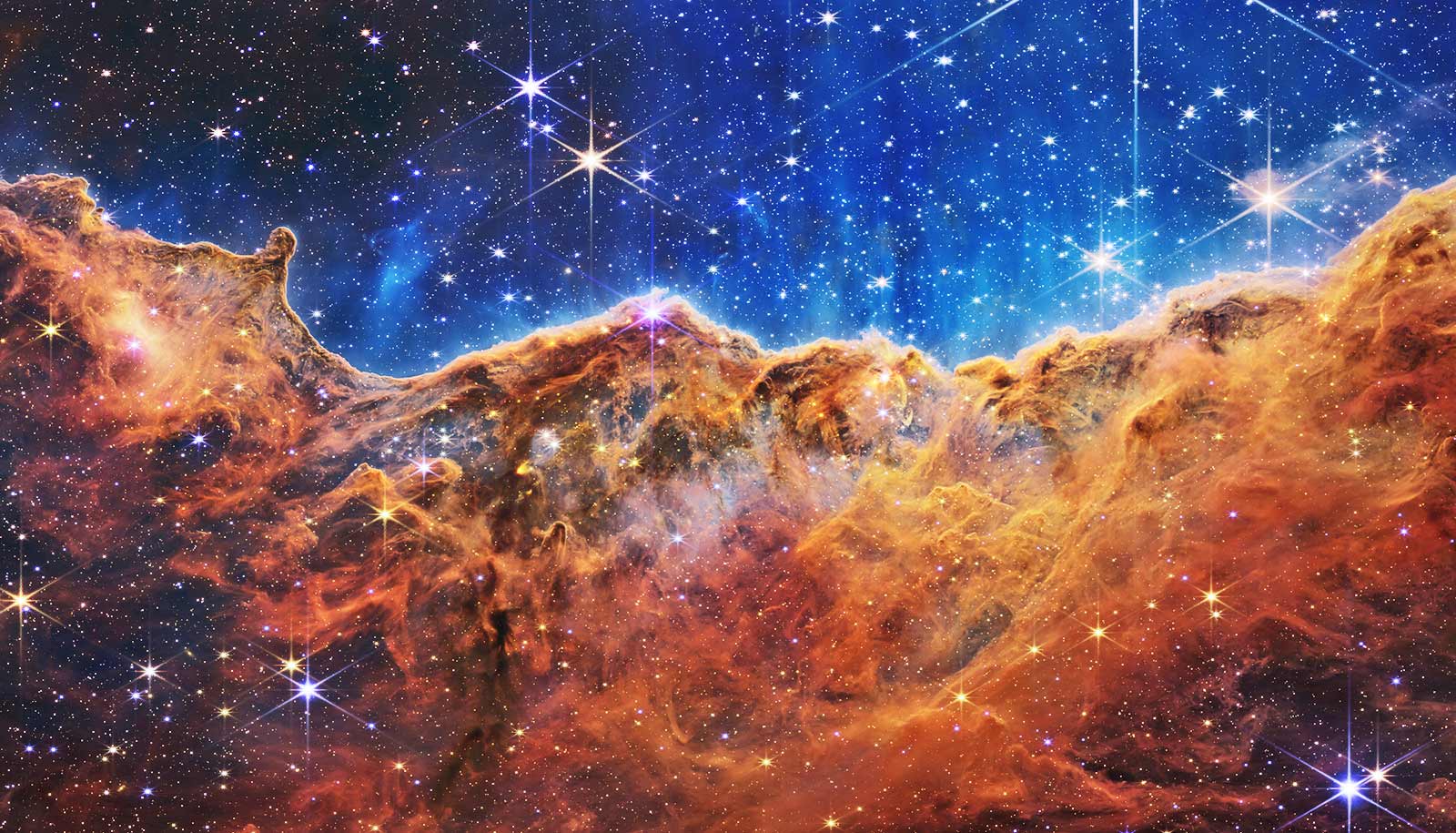
NASA set off a frenzy within the astronomy community last week with its much-anticipated release of the first images taken by the James Webb Space Telescope.
The infrared images represent humanity’s deepest and sharpest glimpse into the early universe.
The first of them—previewed by the Biden Administration at the White House on July 11—reveal the spangle of stars and galaxies contained within a speck of sky no bigger than a grain of sand held out at arm’s length. Another reveals a ghostly landscape of “mountains” and “valleys” carved by stellar winds in a nearby star-forming region in the Carina Nebula.
Upon seeing James Webb Space Telescope’s (JWST) first trove of images, Stanford astrophysicist and cosmologist Risa Wechsler was reminded of the initial glimpse of the universe captured by another space observatory many years ago.
“I was just starting graduate school when the Hubble Deep Field was released, and that had such a tremendous impact on our understanding of galaxies and the universe,” says Wechsler, director of the Kavli Institute for Particle Astrophysics and Cosmology (KIPAC) and professor of physics and of particle physics and astrophysics.
“I expect JWST will be at least as transformational, and I can’t wait to see what creative things people will do with the telescope.”
Here, Wechsler reacts to the images and explains some of their significance:
Source: Maddi Langweil for Stanford University